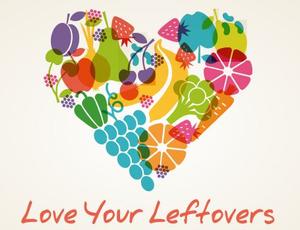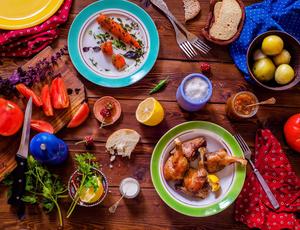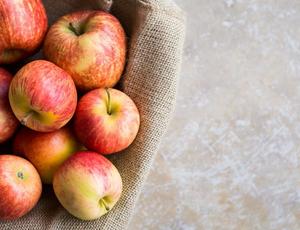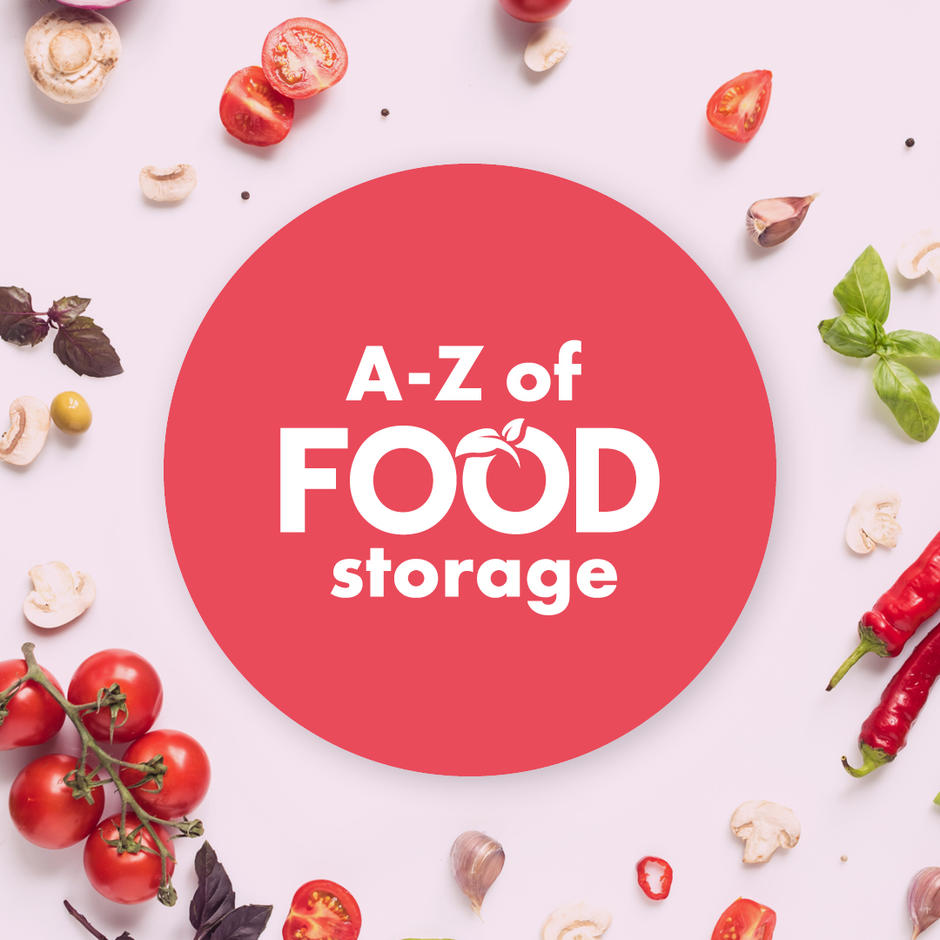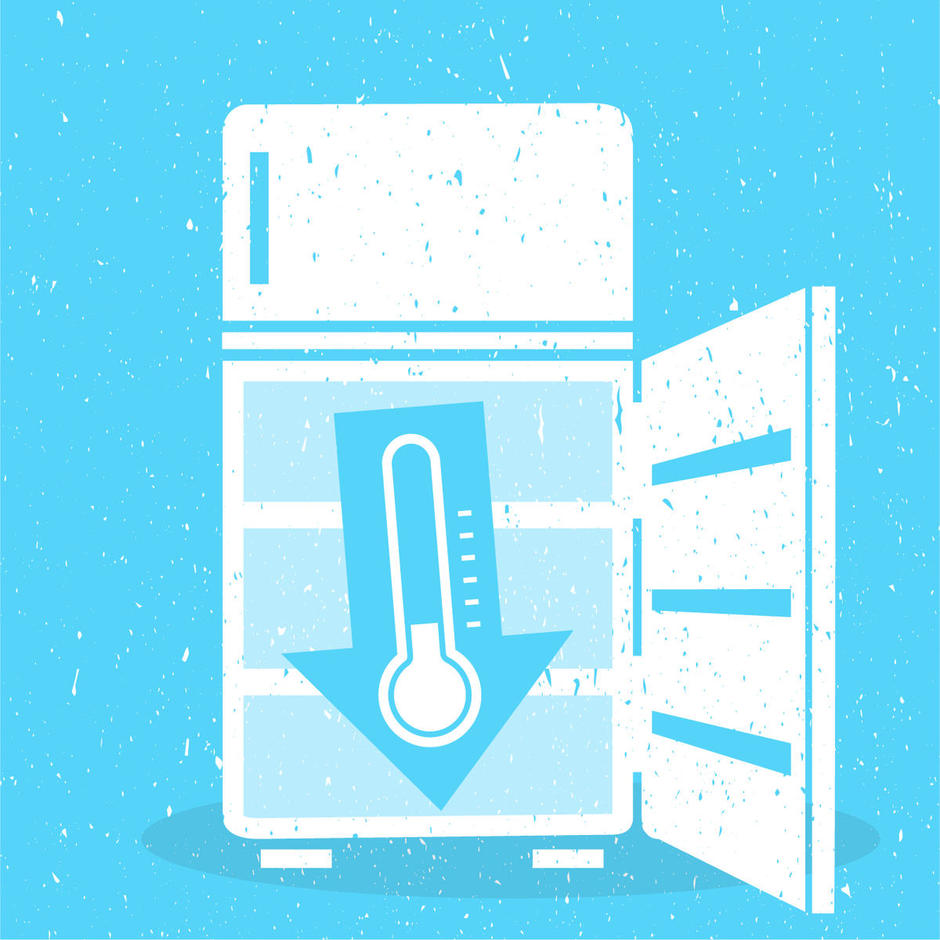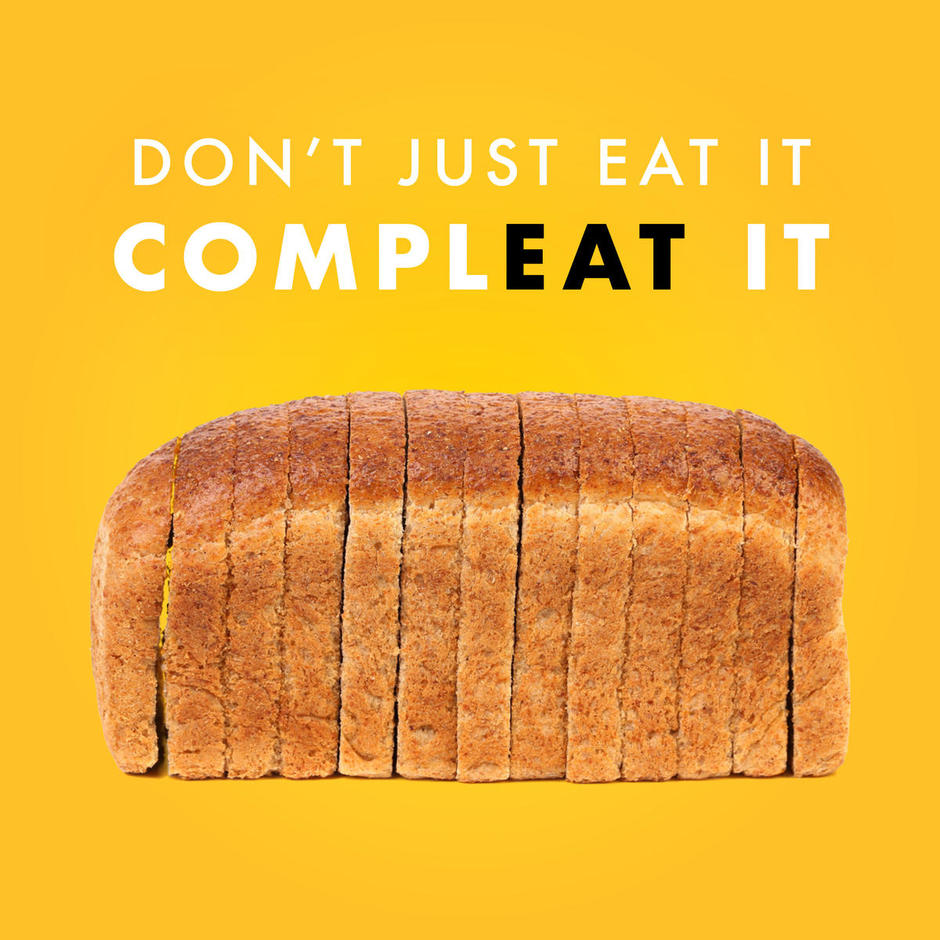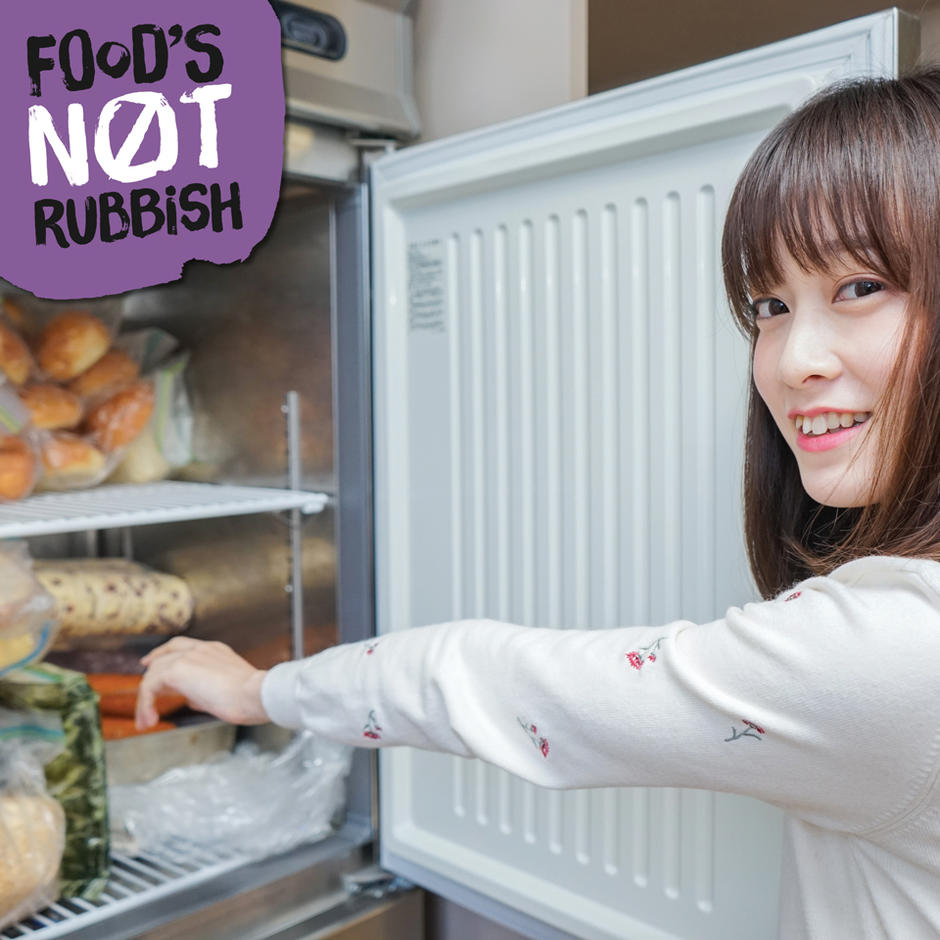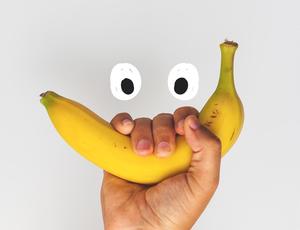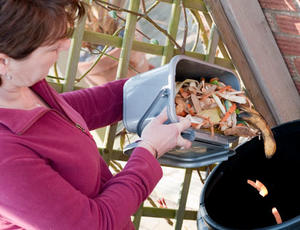Helping to reduce food waste in Nottinghamshire
Every year in the UK we throw away 7.2 million tonnes of food. If we all stopped wasting food that could have been eaten, it would have the same environmental impact as taking 1 in 5 cars off UK roads.
Food waste prevention tips – Love Food Hate Waste
At all times, reducing the amount of food that ends up in the bin is a good idea. Here are a few key tips from Love Food Hate Waste to help make your food go further.
Peter Maddox from WRAP UK said: “Storing food correctly keeps it good to eat for as long as possible, and is a crucial way to prevent food from going to waste. Most fruit and vegetables, for example, last longer in the fridge, with a few key exceptions. The Love Food Hate Waste Food Storage A–Z has information about how best to keep your food in tip-top condition. Another important action to take is to keep your fridge at 0–5°C, as food can perish quicker if your fridge is too warm. You can check how to adjust your fridge temperature using our Chill The Fridge Out tool.”
Be storage savvy. Different foods do better in different places, so knowing where to store them is key to keeping them fresh. Love Food Hate Waste have a Food Storage A–Z to help you to figure out where to store your foods, as well as tips on how to use them up! For example: did you know that apples keep fresher for longer in the fridge, but bananas need to stay in the cupboard?
Chill the fridge out! Did you know that the average UK fridge is set to 7 degrees? This is too high for most foods and will cause them to go ‘off’ much quicker. Dialling it down to 0–5°C has the potential to keep your food fresh for up to three extra days – you can use the Love Food Hate Waste handy fridge thermometer tool to find out how to adjust the temperature.
Get to know your date labels. ‘Best before’ refers to quality – your food is at its best before this date, but should still be OK to eat after: use your senses to check. ‘Use by’ is about safety – eating food after this date could give you food poisoning. Remember, you can freeze your food up to and including the use by date, keeping it for another day.
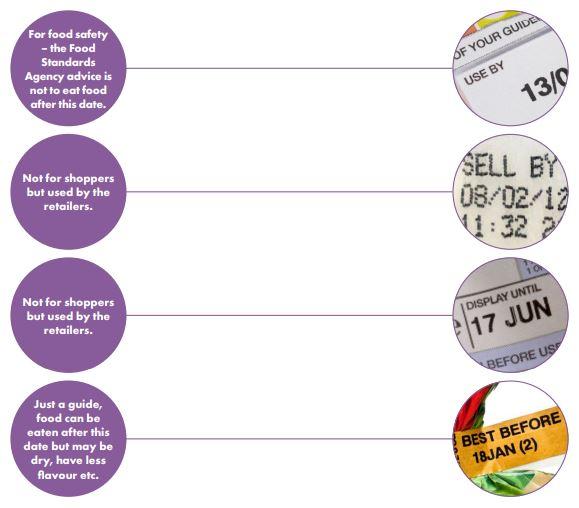
Don’t just eat it – compleat it! Try using up every edible bit of your food. Potato skins, bread crusts, and broccoli stems are all delicious and perfectly edible, but they often get wasted because we don’t think to use them up. Try leaving the potato skins on when you make mash, or adding the broccoli stem to your stir fry or stew along with the florets.
This fun and easy activity will help you engage younger people with the issues around edible food that’s chucked in the bin and learn about the impact this has on our wonderful planet and our communities.



